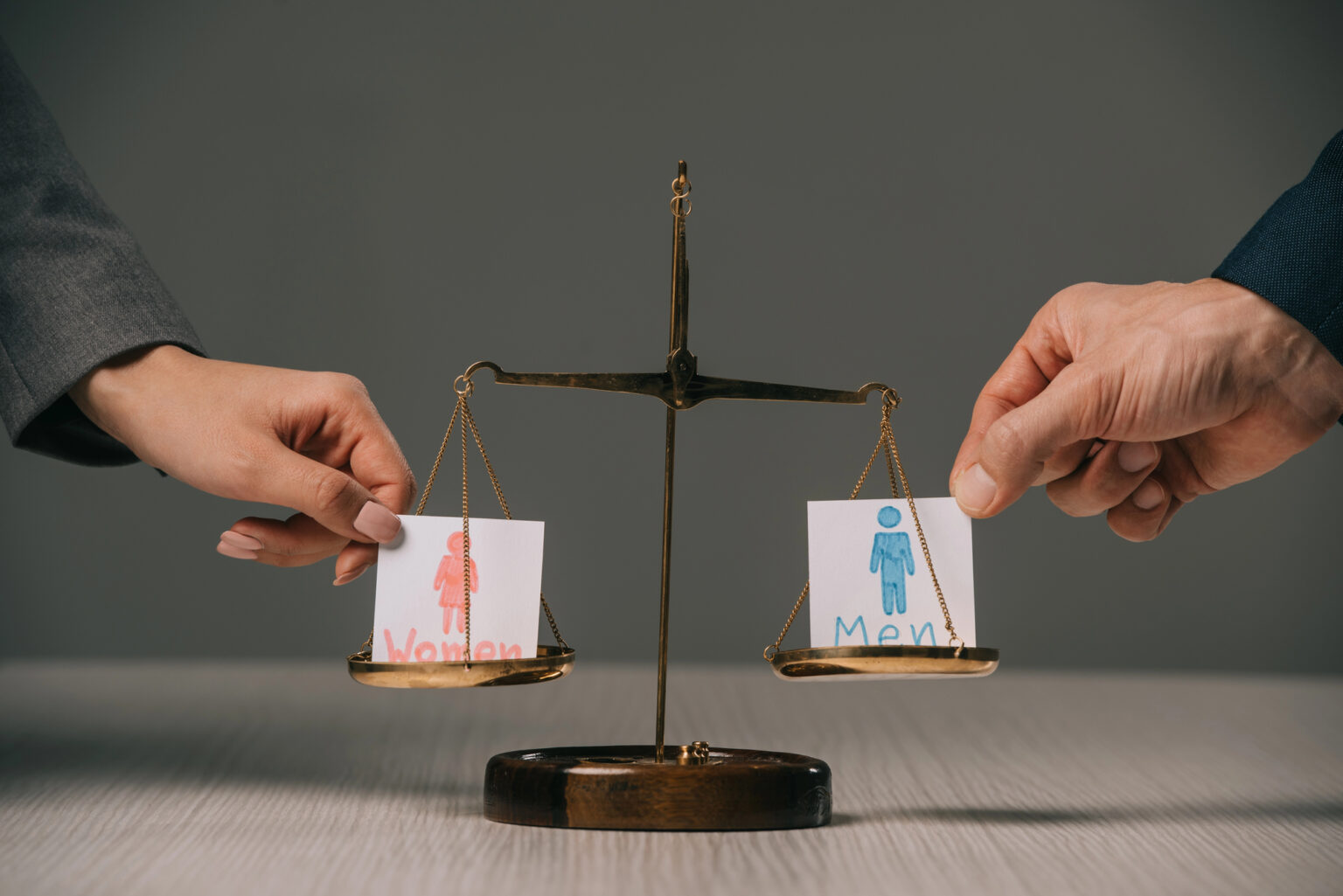In recent years, the European Union has increased its efforts to promote gender equality. It recognises that equality between men and women is a fundamental issue of social justice and a vital factor in the economic growth and competitiveness of the continent. According to the European Institute for Gender Equality (EIGE), the gender pay gap costs the EU €370 billion a year. However, if initiatives to increase women’s participation in the labour market and decision-making processes were implemented immediately, GDP could increase by €1.2 trillion by 2050.
EU strategies and initiatives
The European Commission has always taken numerous initiatives to address gender inequality. One such initiative is the ‘Strategy for Gender Equality 2020-2025’, which has sought to achieve several objectives:
- To end gender-based violence.
- Combating gender stereotypes
- Reduce the gender pay gap in the labour market.
- Promote gender equality in decision-making and politics.
The results of these actions are mixed. We will start by highlighting the positive aspects and summarising the results achieved for each of the four points:
1º. In 2024, an agreement was reached on the Directive on combating violence against women. This was preceded by accession to the Istanbul Convention and the establishment of an EU network for preventing gender-based violence in 2023.
2º. The #EndGenderStereotypes campaign (2023) and the Eurobarometer on stereotypes, published in 2024.
3º. The European Directive on equal pay was adopted in 2023, along with new rules on work-life balance and new rights for parents and carers.
4º. The adoption of the Directive on gender equality on boards in 2022.
Failures of gender policies
Although the European Union is making progress, equality is still a long way off. This is evident in the 2024 Gender Equality Index of the European Institute for Gender Equality (EIGE), which awards the EU a score of 71 out of 100. This modest improvement of +0.8 points compared to 2021 is mainly due to progress in the areas of power and money. However, inequalities are most evident in decision-making power, with a score of only 61.4 out of 100.
Despite the European directive, women remain underrepresented in management positions in companies. Women account for just 33.9% of members of European company boards and only 8% of chairpersons. In politics, only six EU countries have achieved gender parity of over 40% in their parliaments, while seven Member States have fewer than 25% female parliamentarians. In 2024, just 35% of ministers in European governments were women.
The gender pay gap persists at 13%, and women remain under-represented in the highest-paid sectors. Furthermore, gender-based violence remains widespread, with one in three women in the EU having experienced physical or sexual violence.
Education exists; power does not
The European paradox is clear: although women are better educated, they still do not hold positions of responsibility. In 2022, 28% of women aged 15 to 89 had a university degree, compared to 26% of men. Among 25- to 49-year-olds, the disparity is even greater: 44% compared to 35%. However, this educational advantage does not translate into equal professional opportunities.
The full-time employment rate is 44% for women and 58% for men, with an even greater difference among couples with children (66% for fathers and 37% for mothers). Care work also remains unevenly distributed: 63% of women cook or do housework daily, compared to 36% of men.
Inequalities have an economic and social cost. On average, women earn less (£2,321 compared to £2,818 per month), live longer (83 years compared to 78), but enjoy fewer years in good health. Furthermore, women are at a higher risk of poverty: 17% compared to 15% of men, with peaks among single mothers (33%) and women over 65 (20%).
A new roadmap
To mark International Women’s Day 2025, the European Commission presented a ‘roadmap for women’s rights’. This strategic document sets out eight key areas to address the ongoing inequalities in European society, including eliminating gender-based violence, improving access to sexual and reproductive health services, closing the pay and pension gap, promoting work-life balance, ensuring equal access to the labour market, providing inclusive and quality education, achieving equal representation in politics, and establishing effective institutional mechanisms to guarantee women’s rights.
While the roadmap does not introduce new legislative initiatives, it is a declaration of intent, urging Member States, the European Parliament, and other stakeholders to increase their efforts to promote gender equality. Recommendations include creating specialised institutional infrastructure, investing in the long-term care sector, and promoting financial literacy among women and girls. However, despite the stated commitment, some organisations have criticised the lack of concrete measures, particularly with regard to safe access to abortion and sexual and reproductive health, both of which are only briefly mentioned in the roadmap.



